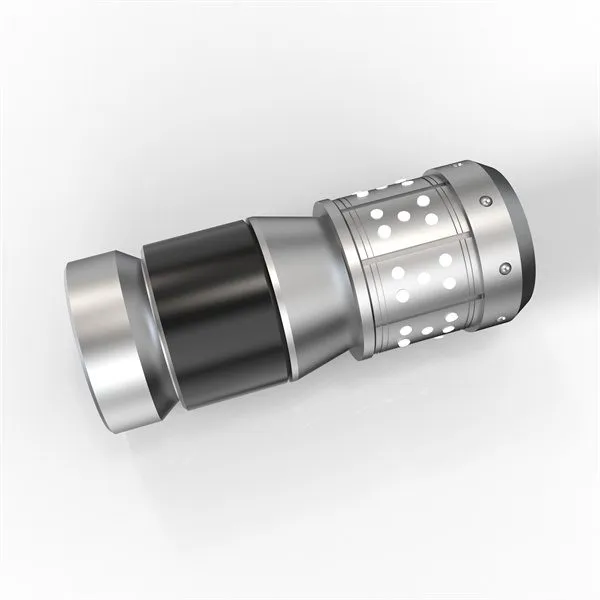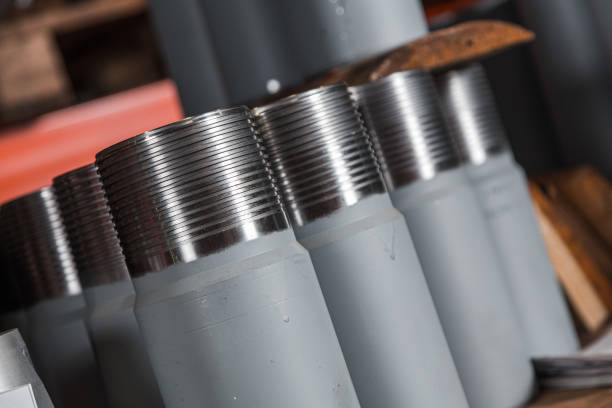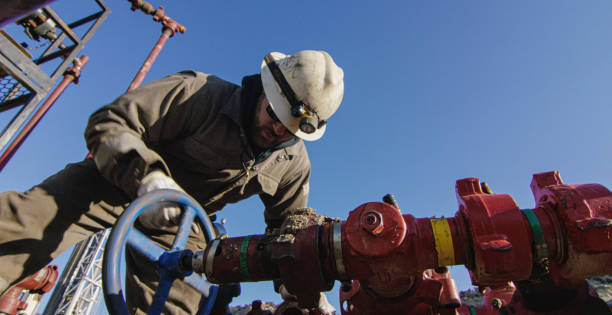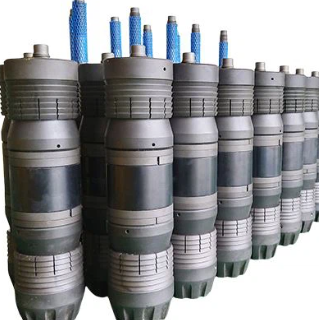Russian

Power washer hose
High Pressure Washer Hose
High-pressure cleaning machine hose: the technological code hidden behind the strong water flow
In the roar of the high-pressure cleaning machine, people often focus on the high-pressure water jet or the running host, but few people pay attention to the high-pressure hose that connects various components like a blood vessel. This seemingly ordinary rubber hose is actually the lifeline of the high-pressure cleaning system, carrying the key mission of converting clean water into cleaning power. In the latest report of the North American High-Pressure Cleaning Association, equipment failures caused by hose problems accounted for 37% of the total failure rate. This data reveals the core position of this key component in cleaning operations.

- Material Revolution: The Evolutionary Path from Rubber to Composite Materials
The manufacturing materials of modern high-pressure cleaning machine hoses have undergone three technological innovations. The first generation of natural rubber hoses had obvious shortcomings in pressure resistance, and obvious expansion and deformation would occur when the pressure exceeded 1500PSI. In 2005, the application of polyurethane materials increased the pressure resistance level to 3000PSI, but its low-temperature brittleness became a new technical bottleneck. Today, the new hose with a five-layer composite structure perfectly combines the aramid fiber braided layer with the thermoplastic elastomer. It can not only withstand an ultra-high pressure of 5000PSI, but also maintain flexibility in extreme temperature environments from -40℃ to 120℃.
The development of material science has reduced the wall thickness of the hose by 40% but increased the burst pressure by 50%. A comparative test in a German laboratory showed that the service life of the hose made of composite materials was 3.2 times that of the traditional rubber hose in the continuous pulse pressure test. This progress not only reduces the weight of the equipment, but also significantly improves the safety of the cleaning operation.
- Fluid dynamics: the invisible battlefield of hose design
The millimeter-level difference in the inner diameter of the hose directly affects the cleaning efficiency. Fluid mechanics simulation shows that when the inner diameter increases from 1/4 inch to 3/8 inch, the water flow rate increases by 18% at the same pressure, but the pressure loss decreases by 23%. This delicate balance requires engineers to find the best balance between power loss and operating efficiency, just as precise as a watchmaker adjusting a hairspring.
Test data from the American Fluid Power Association shows that hoses longer than 30 meters will produce significant pressure attenuation. However, by optimizing the smoothness of the inner wall, the new hose reduces the friction coefficient by 0.02, which is equivalent to a 15% reduction in pressure loss over a length of 50 meters. This improvement makes long-distance operations such as high-altitude curtain wall cleaning possible.
The exquisite design of the braiding angle is even more mysterious. The 55-degree aramid fiber braided layer can produce a self-locking effect similar to the Chinese mortise and tenon structure when subjected to axial tension. This bionic design allows the hose to only extend by 2% under a tension of 200 kg, which is far better than the 5% elongation of the traditional design.
- Intelligent monitoring: the future form of hose management
The introduction of Internet of Things technology is rewriting the traditional mode of hose maintenance. Embedded pressure sensors can monitor the stress distribution of the pipe wall in real time. When a section expands abnormally, the system will automatically reduce the pump pressure and issue an early warning. This intelligent protection system reduces the hose burst accident rate by 82%, just like installing a digital nervous system for high-pressure hoses.
The application of wear prediction algorithms has ushered in a new era of preventive maintenance. By analyzing the pressure fluctuation frequency and vibration spectrum characteristics, the algorithm can predict fatigue damage at the joint 200 hours in advance. A practical case of a cleaning company in the UK shows that this technology reduces the cost of hose replacement by 45% and shortens downtime by 60%.
The emergence of self-healing materials has brought a revolutionary breakthrough. When tiny cracks appear on the surface of the hose, the built-in microcapsules will release repair agents to fill the damage. This bionic repair mechanism draws on the working principle of human platelets, which extends the maintenance cycle of the hose by 3 times.
In the field of industrial cleaning, this winding hose is moving from a supporting role to the center of the stage. It is not only a transmission channel in the physical sense, but also an innovative carrier of multidisciplinary intersections such as materials science, fluid mechanics, and intelligent sensing. When we use a high-pressure cleaner, we might as well pay more attention to this key component that silently dedicates itself – every technological breakthrough of it is quietly promoting the progress of the entire cleaning industry. In the future, with the deep integration of nanomaterials and artificial intelligence technology, high-pressure hoses may evolve more amazing performance and continue to write the technological legend hidden behind the water flow.







